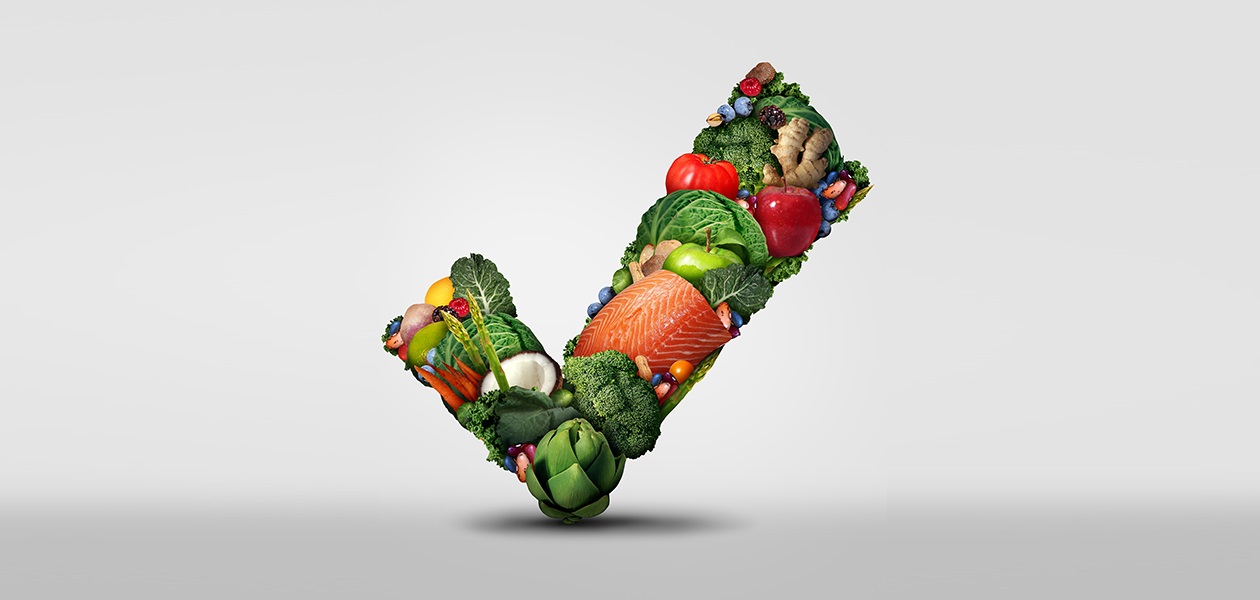From fighting food fraud to countering contaminated cuisine, local start-ups are using technology in innovative ways to ensure higher-quality food products.
The food revolution is in full swing. In Accenture’s 2017 The Future of Food report, the firm boldly declared that there will be “more change in the food industry in the next 10 years than in the last 50.” With ever-shifting consumer preferences, a rapidly growing food market, and the advent of new technologies such as the Internet of Things (IoT), machine learning and even artificial intelligence (AI)—who could refute such a statement?
As expected from a nation known for its love of food, Singaporean start-ups are at the forefront of the food revolution. On 17 October 2019 at NUS Enterprise, six of these innovative local start-ups gathered at the Rise of the Food Disruptors: Trends & Innovation forum to discuss the latest food trends and technologies to look forward to.
Preventing identi-tea theft
Food adulteration, or food fraud, is the practice of incorporating cheap additives into food to improve characteristics like quantity, shelf life and even appearance while driving down costs. Though these additives make food look more appetising, in reality, they compromise the product’s taste and quality. And it’s certainly big business—the Grocery Manufacturers Association estimates that food adulteration costs the global food industry approximately US$10 to 15 billion per year.
The world’s most popular drink—tea—is especially prone to adulteration, with low-quality teas often passed off as high-value origin teas. As Alan Lai, Executive Director of ProfilePrint, explained, “It’s so much easier to sell low-quality tea leaves at a high price...that’s what the business is always trying to do. Buy cheap, sell high.” But aside from tea, expensive products like truffles and traditional Chinese medicines like ginseng also risk adulteration, added Lai.
To combat food adulteration, companies often turn to trained tea tasters. Even the best tea taster, however, can fail to accurately distinguish the different varieties. Furthermore, the job comes with certain occupational risks. After all, if the tea is laced with poisonous substances, then the taster’s safety is jeopardised. Alternatively, the company can also use isotope testing and near-infrared radiation to determine the tea’s quality, but these techniques are costly, lengthy and require specialised training.
These are all problems that ProfilePrint is addressing, said Lai. The company does this through its eponymous PROFILEPRINT technology, a portable IoT scanner that uses chemometrics and AI to identify, grade and authenticate tea as well as other food products. Without having to powderise or otherwise manipulate the tea samples, ProfilePrint can determine its chemical fingerprint and match it against its database to identify its origin, production method and even harvest season.
ProfilePrint’s efforts are ultimately about giving both tea lovers and tea companies their money’s worth. “We create transparency so that people know what they’re eating. But at the same time, we are helping companies become more efficient,” said Lai.
Disinfection gets an update
Singapore has recently seen a spate of several high-profile foodborne outbreaks. This rise in foodborne outbreaks can be blamed on the reliance of the food & beverage industry on traditional disinfection methods such as UV light, ozone or hydrogen peroxide, said Dr Vinayak Ghate, founder of SafeLight.
The problem with these methods, he explained, is their episodic nature. Due to their risks to human safety, UV and other disinfection methods are only used intermittently for short periods of time. But food is constantly exposed to pathogens and the number of microorganisms in food can easily double in just 20 minutes.
This spurred Dr Ghate and his collaborators to come up with SafeLight, which disinfects surfaces using visible light. Unlike traditional methods, SafeLight can disinfect continuously as it uses wavelengths of light that humans can be safely exposed to.
SafeLight works by targeting light-sensitive compounds inside cells known as porphyrins. Once excited by the right kind of light, porphyrins generate toxic compounds that kill microorganisms. “You can kill bacteria, mould, yeasts and also viruses,” said Dr Ghate.
Outside the food industry, their technology is also widely applicable in hospitals, airplanes and even homes—essentially anywhere requiring disinfection.
What they’ve done so far in their pilot project in a food processing plant is first to identify hotspots of microbial contamination, then install SafeLight modules to illuminate and disinfect these surfaces. Each module is interconnected through IoT and equipped with sensors that collect data on each disinfection event, as well as light and energy consumption. Armed with this data, the system accordingly adjusts its parameters.
With start-ups such as ProfilePrint and SafeLight, the future of food has never looked so tasty—and bright.

